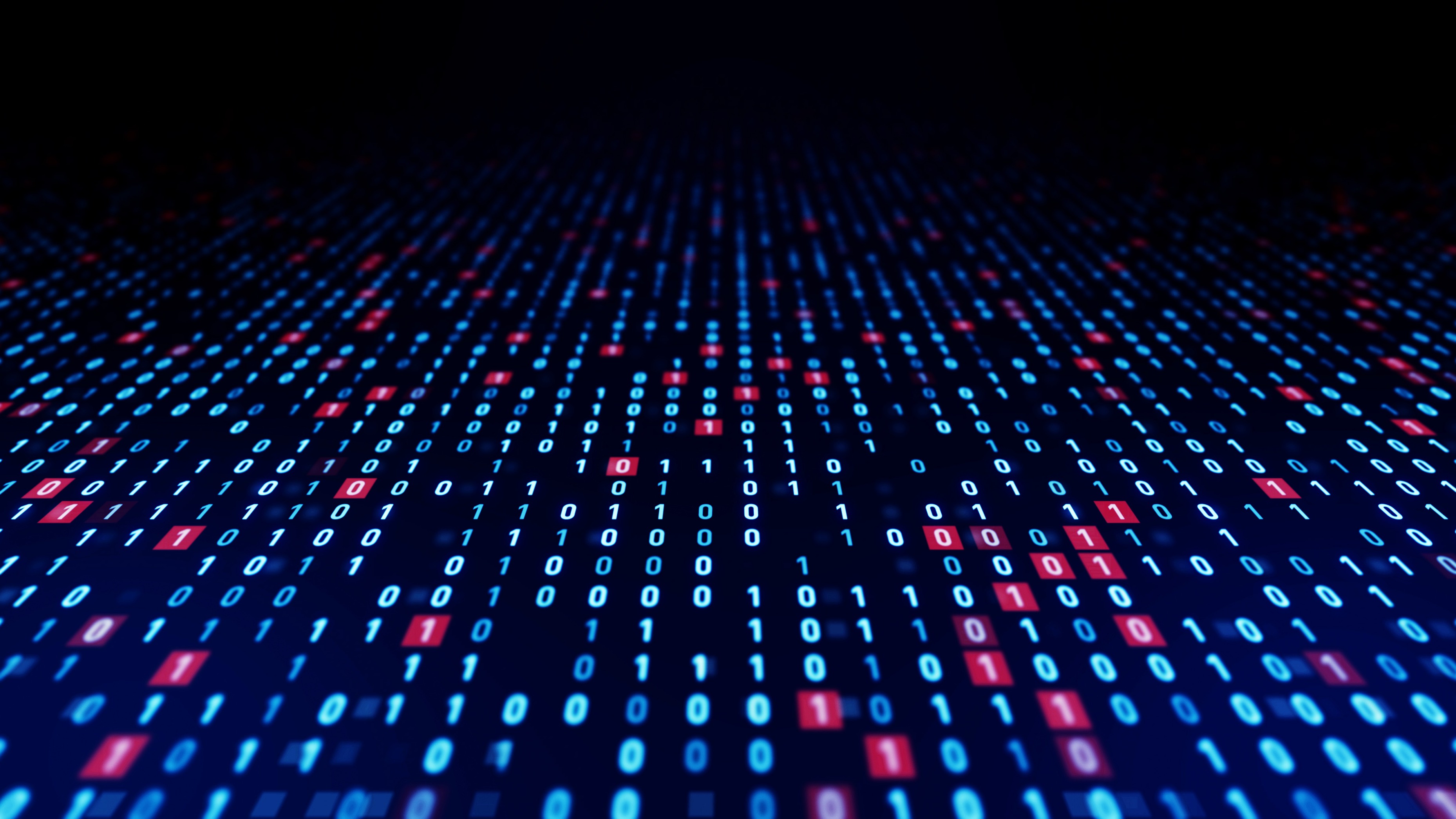Scientists in the US have successfully produced a nuclear fusion reaction resulting in a net energy gain for the first time.
US Energy Secretary Jennifer Granholm will make an announcement today on the “major scientific breakthrough” which was first reported on by the Financial Times.
Nuclear fusion happens when two or more atoms are fused into one larger one, a process resulting in a large amount of heat energy being generated. Unlike nuclear fission, which powers electricity grids around world, nuclear fusion does not generate radioactive waste.
The National Ignition Facility in California, which is behind the breakthrough, has been working on a project which creates energy from nuclear fusion. The process involves firing pellets containing hydrogen fuel at around 200 lasers to create a series of rapid, repeated explosions at the rate of 50 times per second.
While significant, the net energy gain from nuclear fusion realised at the National Ignition Facility is happening on a much smaller scale than what’s needed to power electric grids or heat buildings.
“It’s about what it takes to boil 10 kettles of water,” said Jeremy Chittenden, co-director of the Centre for Inertial Fusion Studies at Imperial College in London. “In order to turn that into a power station, we need to make a larger gain in energy – we need it to be substantially more.”
Chittenden told CNN that scientists around the globe now must work towards dramatically scaling up their fusion projects and bringing the cost down. He added that getting nuclear fusion to a commercially viable point will take years of further research.
Latest News
-
The top technology trends to expect in 2026
-
The most read National Technology News stories of 2025
-
Lyft and Uber sign deals with Baidu for robotaxi trial in London
-
Nextdoor launches AI-driven self-serve ads platform for small businesses
-
Italy's antitrust fines Apple €98.6m over alleged App Store dominance
-
Visa partners with UAE real estate firm to launch voice-enabled agentic commerce payments
The future-ready CFO: Driving strategic growth and innovation
This National Technology News webinar sponsored by Sage will explore how CFOs can leverage their unique blend of financial acumen, technological savvy, and strategic mindset to foster cross-functional collaboration and shape overall company direction. Attendees will gain insights into breaking down operational silos, aligning goals across departments like IT, operations, HR, and marketing, and utilising technology to enable real-time data sharing and visibility.
The corporate roadmap to payment excellence: Keeping pace with emerging trends to maximise growth opportunities
In today's rapidly evolving finance and accounting landscape, one of the biggest challenges organisations face is attracting and retaining top talent. As automation and AI revolutionise the profession, finance teams require new skillsets centred on analysis, collaboration, and strategic thinking to drive sustainable competitive advantage.
© 2019 Perspective Publishing Privacy & Cookies








Recent Stories